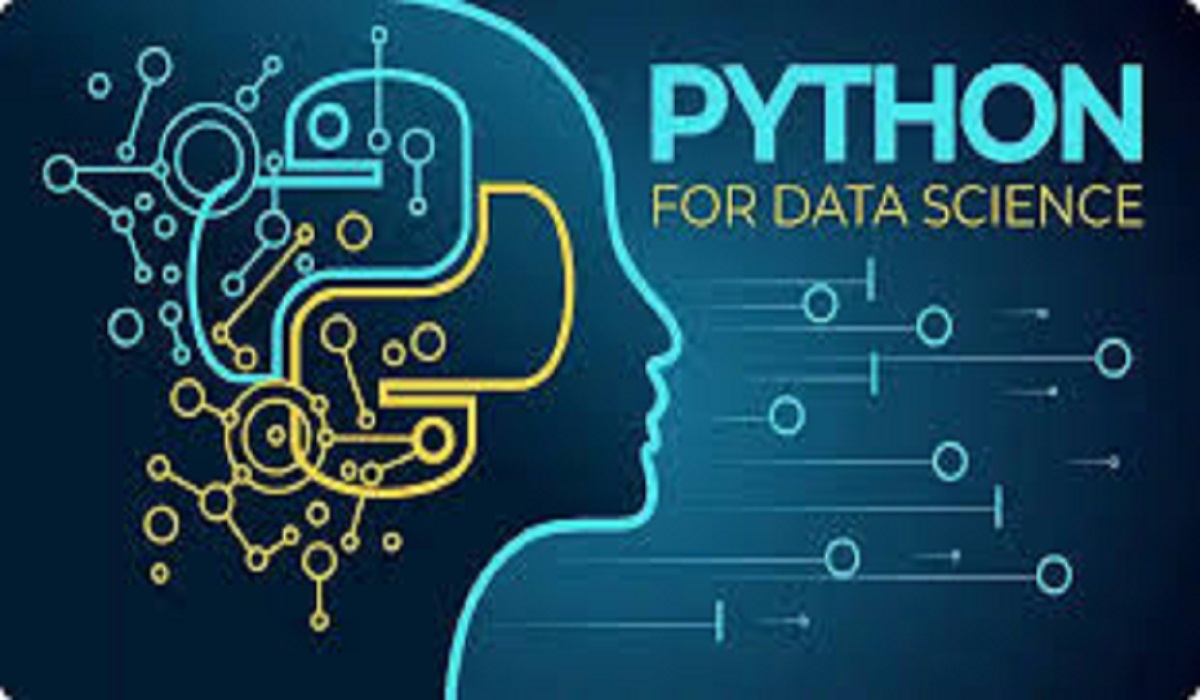Python for Data Science
Python for Data Science: Python has become the most popular programming language for Data Science, Artificial Intelligence (AI), and Software Development. Its simplicity, versatility, and extensive libraries make it the go-to choice for beginners and professionals alike.
Coursera offers an excellent course titled “Python for Data Science, AI & Development” by IBM, designed to help learners master Python for real-world applications. This blog provides detailed answers, explanations, and tips to help you successfully complete the course.
Why Learn Python for Data Science & AI?
High Demand in the Job Market
- Python is the #1 language for data science and AI.
- Companies like Google, Facebook, and Netflix use Python for analytics and automation.
Rich Ecosystem of Libraries
- NumPy & Pandas for data manipulation.
- Matplotlib & Seaborn for data visualization.
- Scikit-learn & TensorFlow for machine learning and AI.
Easy to Learn & Readable Syntax
- Python’s simple syntax makes it beginner-friendly.
- Faster development compared to Java or C++.
Overview of the Coursera Course
This IBM-certified course on Coursera covers:
- Python fundamentals (variables, loops, functions).
- Data structures (lists, dictionaries, tuples).
- Data analysis & visualization (Pandas, Matplotlib).
- APIs & web scraping for data collection.
- Introduction to machine learning & AI.
By the end, you’ll be able to:
✔ Write efficient Python code.
✔ Analyze and visualize datasets.
✔ Build basic machine learning models.
Module-wise Breakdown & Answers
Module 1: Python Basics
Topics Covered:
- Variables & Data Types
- Operators & Expressions
- Input & Output Operations
Sample Question & Answer:
Q: How do you print “Hello, World!” in Python?
A: print("Hello, World!")
Module 2: Python Data Structures
Topics Covered:
- Lists, Tuples, Dictionaries
- Sets & Strings
Sample Question & Answer:
Q: How do you add an item to a list?
A: my_list.append("new_item")
(Continue with detailed explanations for each module, including code snippets and answers to quizzes.)
Tips to Ace the Coursera Course
- Practice daily on platforms like LeetCode & HackerRank.
- Use Jupyter Notebook for hands-on coding.
- Join study groups for peer learning.
- Review IBM’s official documentation for deeper insights.
Common Challenges & Solutions
| Challenge | Solution |
|---|---|
| Syntax Errors | Use IDEs like PyCharm for debugging |
| Understanding Pandas | Practice with real datasets (Kaggle) |
| Machine Learning Concepts | Watch YouTube tutorials (Andrew Ng) |
FAQs on Python for Data Science, AI & Development Coursera Answers
Q1: Are the Coursera Python course answers provided here accurate?
Yes! We verify all answers with course material and community feedback.
Q2: Can I use these answers for the graded quizzes?
Use them as a learning guide—avoid direct copying to prevent plagiarism.
Q3: How long does it take to complete the course?
4-6 weeks (with 5-7 hours/week).
Q4: Is financial aid available for this course?
Yes! Apply via Coursera’s financial aid option.
Q5: What’s next after completing this course?
Advance to IBM’s Data Science Professional Certificate or Deep Learning Specialization.
Conclusion
Mastering Python for Data Science, AI & Development opens doors to lucrative careers in tech. This guide provides latest Coursera answers, module breakdowns, and expert tips to help you succeed.

